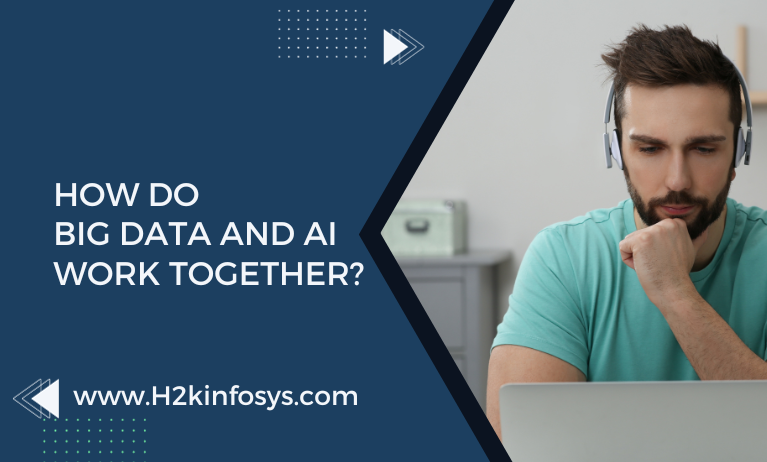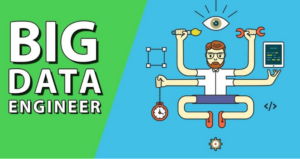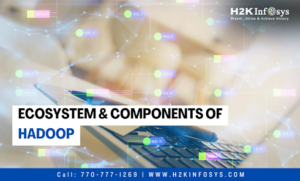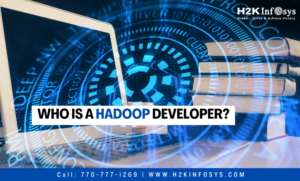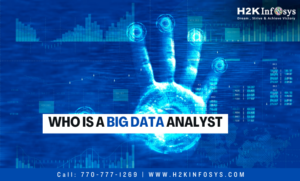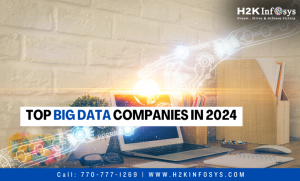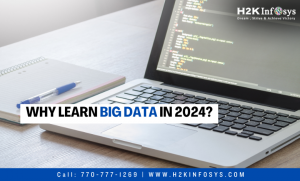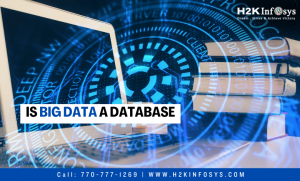Before anyone ever knew big data existed, it had already taken over the globe. Big data had amassed an enormous amount of stored information by the time the term was coined, which, if properly examined, might provide insightful knowledge about the sector to which that particular data belonged.
The task of sorting through all of that data, parsing it (turning it into a format more easily understood by a computer), and analysing it to enhance commercial decision-making processes was quickly found to be too much for human minds to handle. Writing algorithms with artificial intelligence would be necessary to complete the challenging task of extracting knowledge from complex data.
As businesses expand their big data and artificial intelligence capabilities in the upcoming years, data professionals and individuals with a master’s in business analytics or data analytics are anticipated to be in high demand. The goal is to keep up with and make use of the volume of data that all of our computers, mobile smartphones and tablets, and Internet of Things (IoT) devices are producing. You can check out the Big Data online course to learn more about Big Data.
Big data vs. AI
At this point, big data is unquestionably here to stay, and artificial intelligence (AI) will continue to be in high demand. AI is meaningless without data, yet mastering data is impossible without AI, therefore data and AI are melding into a synergistic connection.
We may start to recognize and forecast future trends in business, technology, commerce, entertainment, and everything in between by fusing the two disciplines.
What role does AI play in big data
A decade ago, it was impossible to get as detailed information about consumer habits, likes and dislikes, activities, and personal preferences as is now possible thanks to the internet. Insightful data may be added to the big data pool through social media accounts and online profiles, social activity, product reviews, tagged interests, “liked” and shared material, loyalty/rewards apps and programs, and CRM (customer relationship management) systems.
Collecting consumer information
No matter the industry, AI’s capacity for learning is one of its greatest strengths. Its ability to spot data trends is only valuable if it can change with them as they vary and fluctuate. AI can make necessary adjustments by determining whether consumer input is significant by recognizing outliers in the data.
Artificial intelligence and big data are now seen as being inseparable due to AI’s capacity to work expertly with data analytics. Every data input is being used by AI machine learning and deep learning, and these inputs are being used to create new rules for upcoming business analytics. However, issues arise when the data being used is subpar data.
Business Analytics
The most current research, as reported by Forbes, shows that combining AI and big data can automate up to 80% of all physical labour, 70% of data processing activities, and 64% of data-collecting chores. This implies that in addition to their contributions to marketing and economic endeavours, the two ideas have the potential to have a significant impact on the workplace.
For example, fulfilment and supply chain operations are heavily dependent on data, therefore they are turning to advancements in AI to give them real-time insights into client feedback. Businesses are able to do this by basing their marketing, financial, and strategic decisions on the flow of fresh information.
Essentially, before passing the data via a machine learning or deep learning algorithm, there must be an established process for data gathering (mining) and data structure. Professionals having degrees in corporate data analytics can help in this situation. Companies who are serious about maximising the value of their data analytics will prize them highly.
Integrating AI and big data
Big data and AI can combine to produce greater results. Data is first put into the AI engine to increase its intelligence. Additionally, less human involvement is required for the AI to function properly. Finally, society will be closer to achieving the full potential of this continuing AI/big data cycle the less dependent it is on humans to operate it.
Humans with training in data analytics and AI algorithm programming will be necessary to participate in that evolution.
The ultimate goals of AI are as follows:
- Reasoning
- Automated learning and scheduling
- Machine learning
- Natural language processing (the ability to understand human speech as it is spoken)
- Computer vision (the ability to extract accurate information from an image or series of images)
- Robotics
- General Intelligence
These AI disciplines will need enormous volumes of data in order for their AI algorithms to develop. Without millions of human speech samples that have been captured and broken down into a format that AI engines can more easily handle, natural language processing, for instance, will not be conceivable.
Big data will keep expanding as more jobs can be automated using AI, and AI as a field will expand as more data is available for learning and analysis.
Conclusion Big Data and AI are two important concepts that are needed in the Tech world. To learn more about Big Data, check out the online Big Data training.
